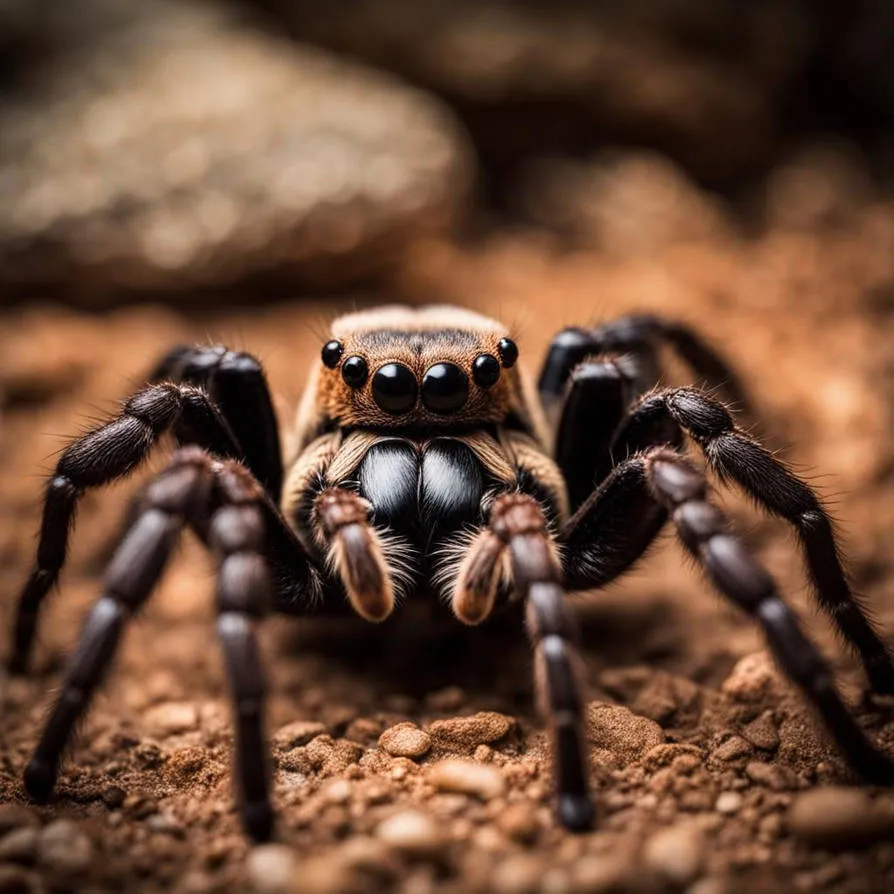What is a Blue Goliath Birdeater Tarantula
The Blue Goliath Birdeater Tarantula ( Pamphobeteus antinous ) is a captivating arachnid, and a true marvel of the natural world. Often admired for its striking blue coloration, this tarantula is a favorite among exotic pet enthusiasts. Native to the rainforests of South America, this impressive spider is one of the largest tarantula species on Earth. Understanding the Blue Goliath Birdeater requires a look at its physical characteristics, habitat, and behavior. This article dives into the most fascinating facts about this incredible creature.
Appearance and Physical Characteristics
The Blue Goliath Birdeater tarantula is known for its imposing size and striking appearance. Mature females can have a leg span reaching up to 10 inches, and males are slightly smaller. Their bodies are covered in dense hairs. What sets this tarantula apart, however, is its vibrant coloration. Though the ‘blue’ in its name might be slightly misleading, they feature a remarkable metallic blue sheen on their legs and carapace. This coloring intensifies as the spider matures, making them a true spectacle.
Size and Weight
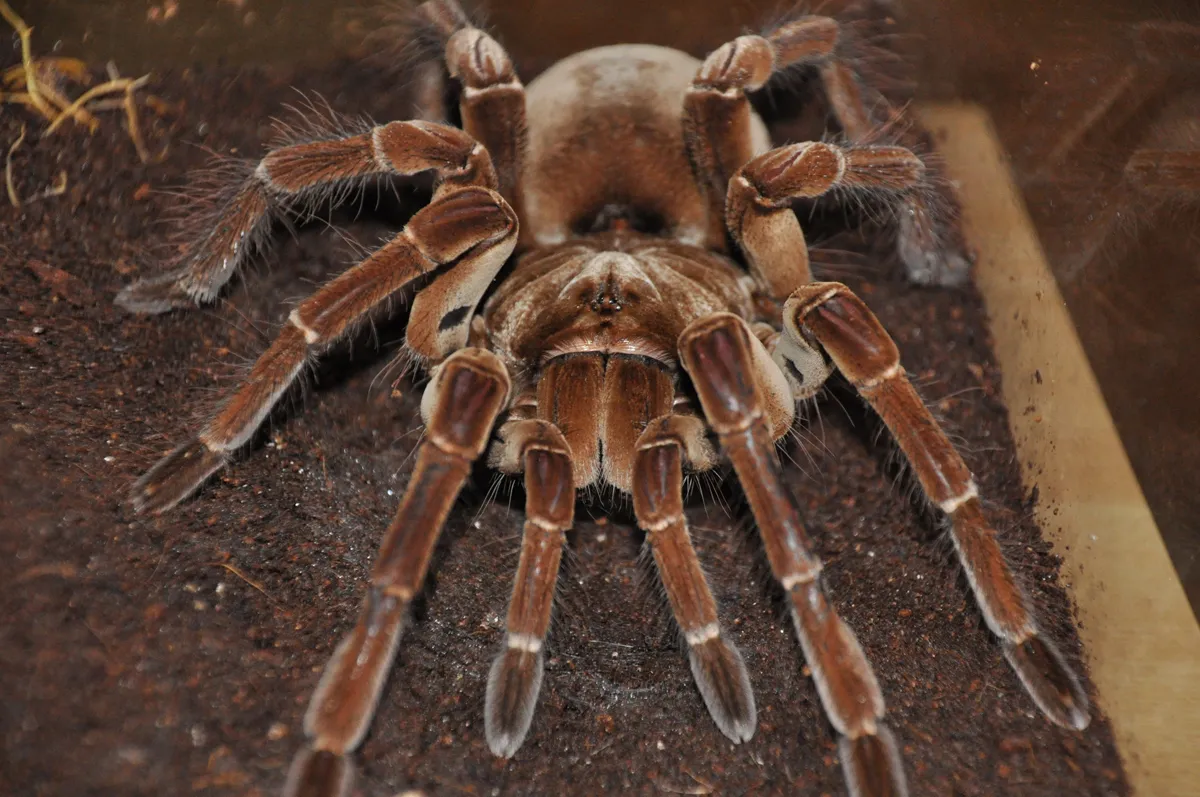
One of the most impressive facts about the Blue Goliath Birdeater is its size. These tarantulas are among the largest spiders in the world. Females can weigh over 3 ounces. Their sheer size is a testament to their powerful build and predatory lifestyle. This large size also contributes to their impressive presence, making them a truly remarkable species to observe, whether in the wild or in captivity. Considering their large size, it is easy to understand why they are such a fascinating subject.
Coloration and Unique Features
The blue coloration of the Blue Goliath Birdeater is a significant feature. It is most prominent in the legs and carapace of the tarantula. This color isn’t a product of pigmentation, but structural coloration. Tiny structures on the hairs of the tarantula scatter light, creating the illusion of blue. This unique characteristic makes the Blue Goliath Birdeater a standout among tarantula species. The contrast between the blue legs and the darker body creates a stunning visual appeal, making them highly sought after in the pet trade.
Habitat and Origin
Natural Habitat
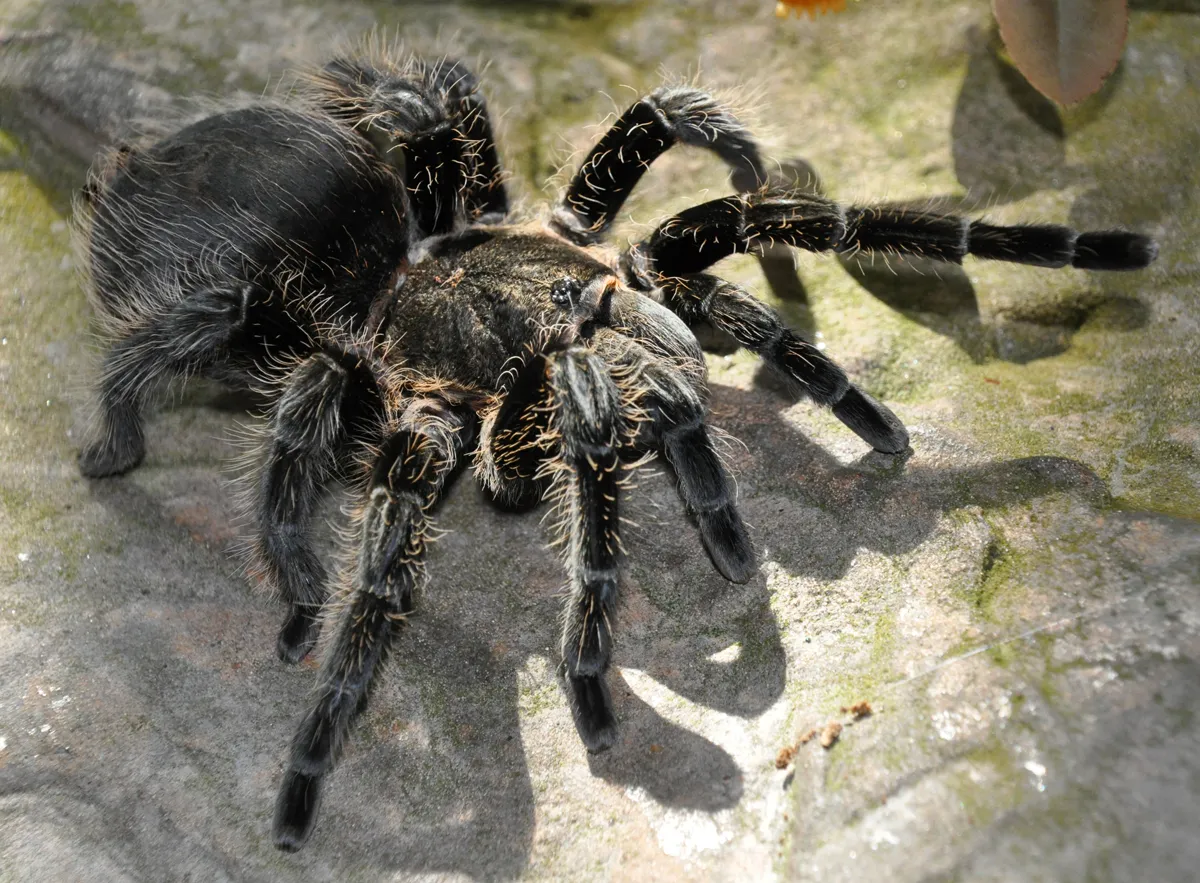
The Blue Goliath Birdeater tarantula originates from the rainforests of South America. They are typically found in countries like Ecuador, Colombia, and Peru. These tarantulas thrive in humid, tropical environments, which provide them with the ideal conditions for survival. They prefer to live in burrows or under the shelter of logs, rocks, or vegetation, where they can hide from predators and ambush prey. Their natural habitat plays a critical role in their survival and behaviors, including their hunting style and defensive tactics.
Geographic Distribution
The geographic distribution of the Blue Goliath Birdeater is relatively limited. They are primarily found in the rainforest regions of the Andes. The specific microhabitats within these rainforests are crucial for their survival. The availability of suitable burrowing sites, along with the presence of prey, greatly influences where they can establish themselves. Understanding their distribution is essential for conservation efforts, as habitat loss and climate change can have severe impacts on their populations.
Behavior and Temperament
Defensive Behaviors
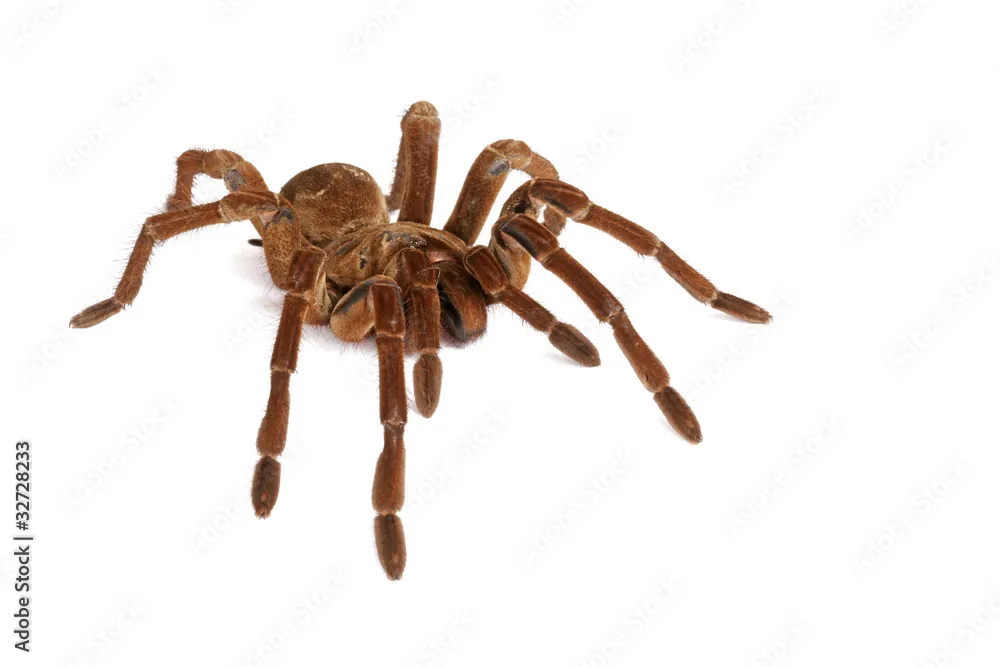
Like most tarantulas, the Blue Goliath Birdeater has defensive behaviors. When threatened, they may rear up, displaying their fangs in a threat posture. They may also flick urticating hairs from their abdomen as a deterrent, which can cause irritation to predators or handlers. While they are generally not aggressive, they will defend themselves if they feel threatened. Understanding these behaviors is crucial for safe handling and responsible pet ownership.
Hunting and Feeding Habits
Blue Goliath Birdeaters are opportunistic predators, feeding on a variety of insects and small animals. In the wild, their diet consists of crickets, beetles, and other invertebrates. They are also known to consume small rodents, lizards, and even small birds, hence their name. In captivity, they are often fed crickets, roaches, and other commercially available insect feeds. Their hunting strategy involves ambushing prey and injecting venom to paralyze and begin the digestive process. The potency of their venom and hunting abilities make them a successful species in their environment.
Lifespan and Life Cycle
Lifespan in Captivity
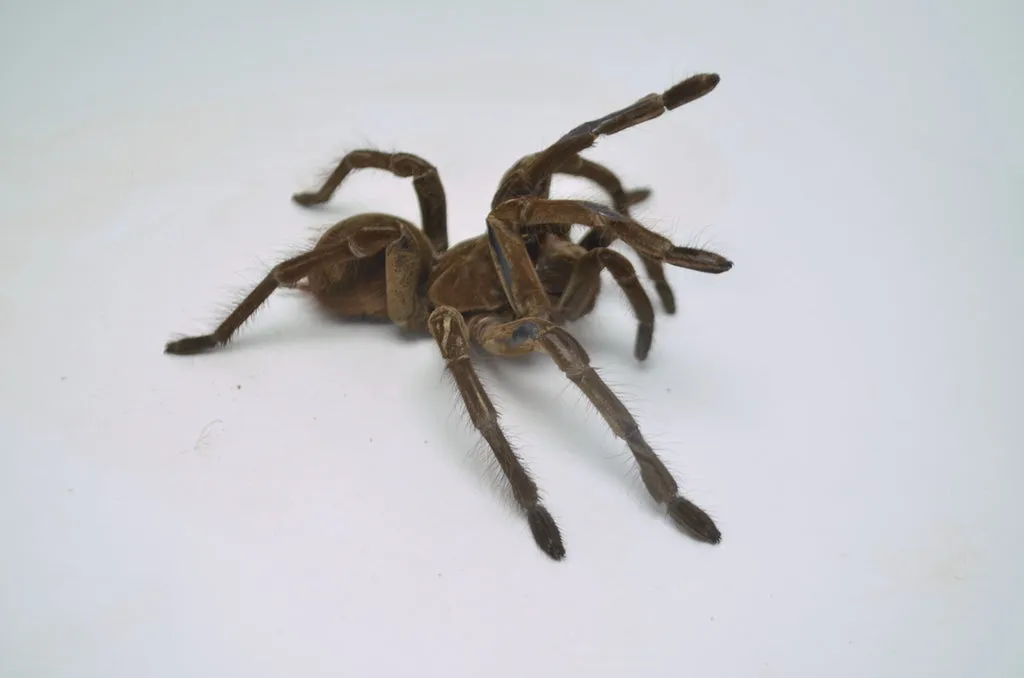
The Blue Goliath Birdeater tarantula has a relatively long lifespan, especially in captivity. Females can live for up to 15 years or more, making them a significant commitment as pets. Males, on the other hand, typically have a shorter lifespan, often living only for a few years after reaching maturity. Factors such as diet, habitat conditions, and genetics play a role in their longevity. Proper care and consistent environmental maintenance are critical to ensure a long and healthy life for these amazing arachnids.
Molting Process
Molting is a crucial process for tarantulas, and the Blue Goliath Birdeater is no exception. As they grow, they shed their exoskeletons to allow for expansion. This process, known as molting, leaves them vulnerable, as they are soft-bodied until their new exoskeleton hardens. During the molting process, they often retreat to a safe location and may refuse food. The frequency of molting decreases as they mature. Successful molting is critical for their growth and overall health, highlighting the importance of providing a suitable environment for this process.
Conservation Status
Threats to Survival
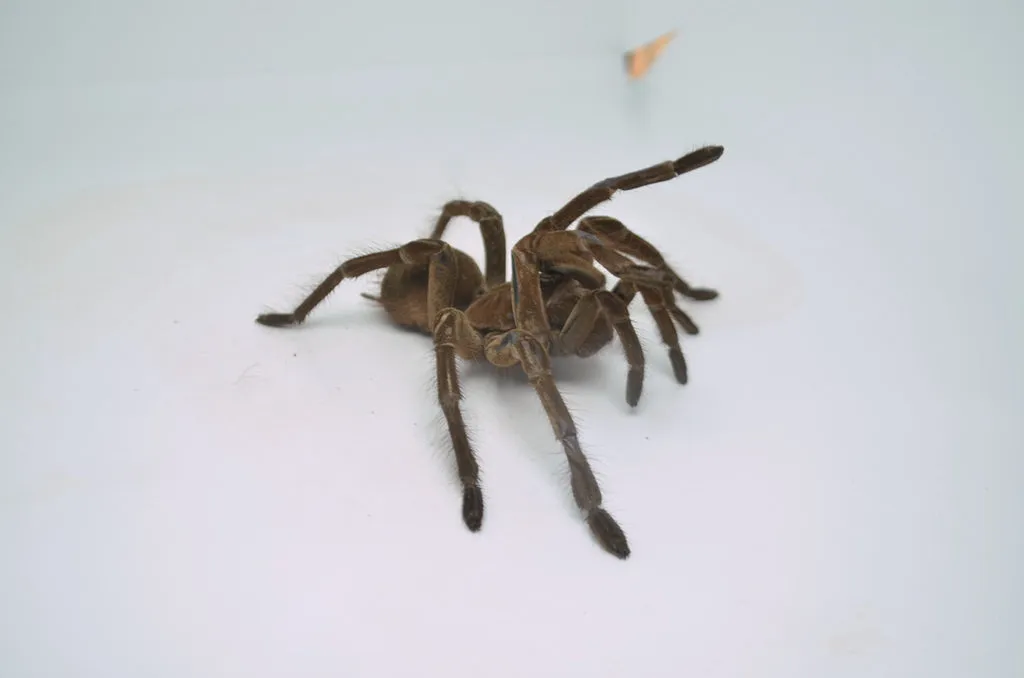
The Blue Goliath Birdeater, while not currently listed as endangered, faces several threats. Habitat loss due to deforestation and agricultural expansion is a significant concern. The pet trade, while contributing to their presence in homes, can also pose a risk if not managed sustainably. Climate change and its effects on the rainforest environment can also impact the species. Conservation efforts are crucial to ensure the long-term survival of this impressive tarantula.
Importance of Conservation
Conserving the Blue Goliath Birdeater is important for biodiversity and ecosystem health. As predators, they play a role in controlling insect populations within their habitats. Protecting their habitat also benefits other species that share their environment. Responsible pet ownership practices, along with supporting conservation organizations, can help ensure this amazing species continues to thrive in its natural habitat.
